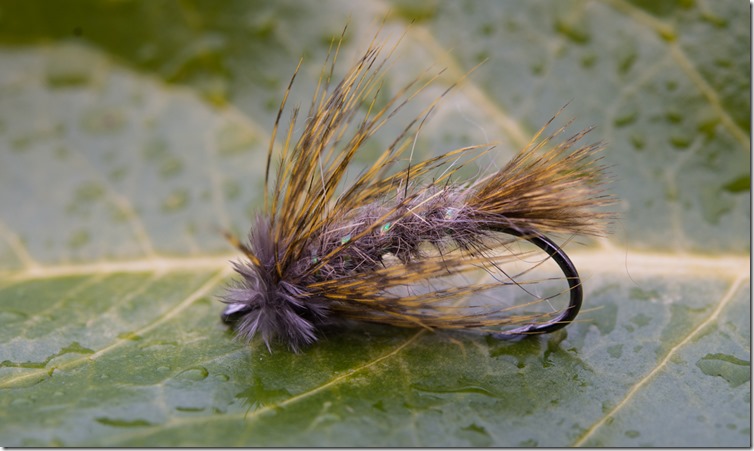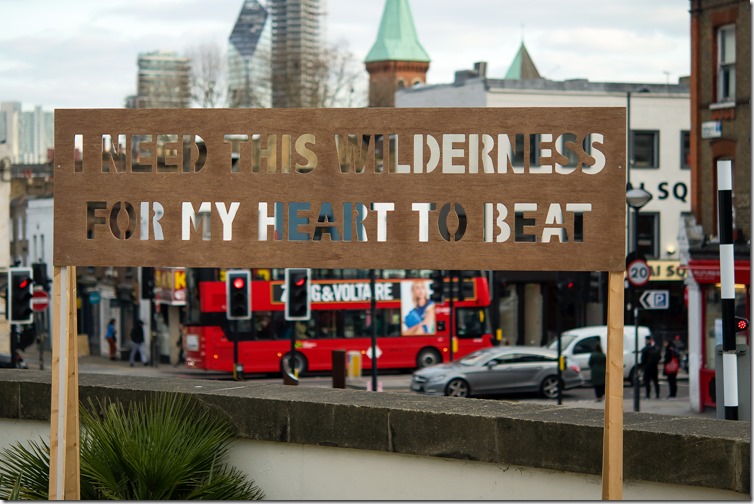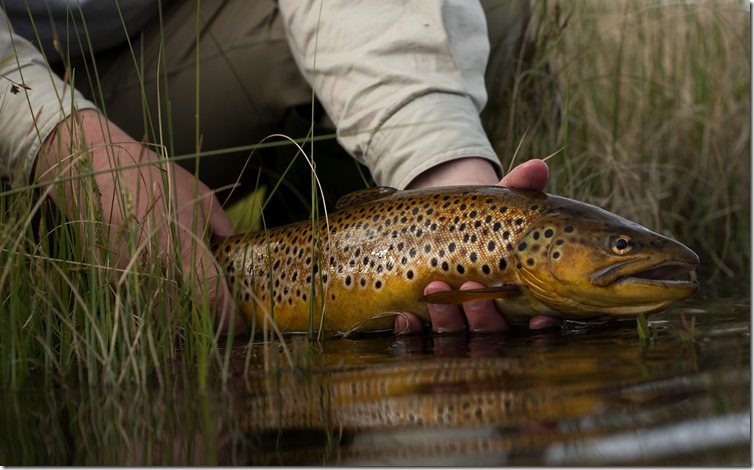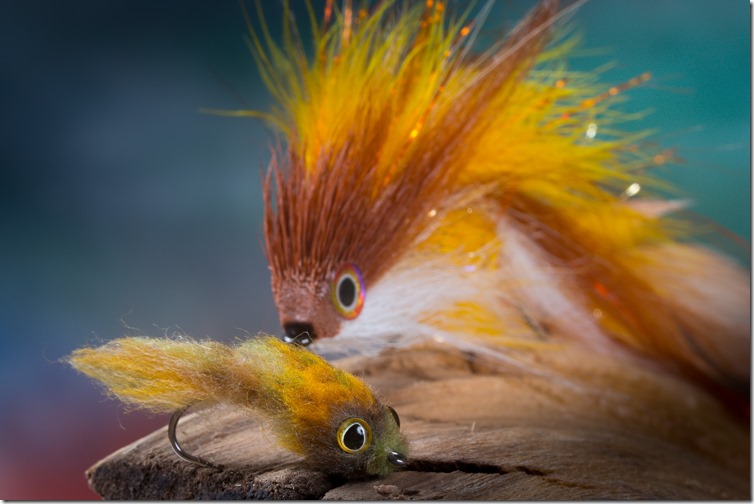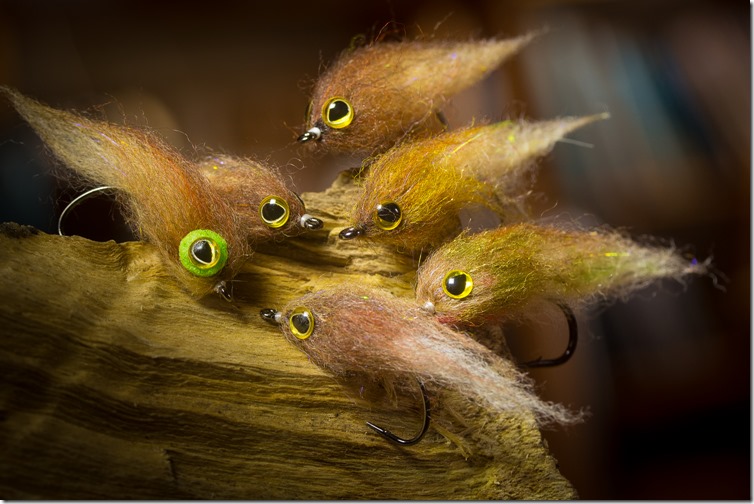The late Jack Gartside was a fly tier who came up with a tremendous amount of effective fishing flies – most of which were tied using relatively cheap and easily available materials. His classic Soft Hackle Streamer is a good example of his approach – and his equally effective Sparrow is another. Continue reading “Jack Gartside and the Sparrow – a Swiss Army Knife fly”
Tag: Michael Jensen
Ahrex Hooks in London
The Ahrex team is busy this spring. Today and tomorrow (March the 23th to the 24th) Morten and Søren are joining the London Fly Fishing Fair. We feel honoured and exited to join this very cool event in one of the most important countries in hook making history. Continue reading “Ahrex Hooks in London”
The Optic Flies – a book tracing part of the Scandinavian fly fishing heritage
At Ahrex Hooks we feel rooted in the Scandinavian fly fishing tradition – but we never try to fool ourselves into thinking that Scandinavia played a major role in the early years of fly fishing. Our first claim to fame on that account probably was, that Victorian era English gentlemen visited Danish, Swedish and Norwegian streams to swing flies for our – back then – very healthy population of salmon and brown trout (sea run as well as stationary).
Continue reading “The Optic Flies – a book tracing part of the Scandinavian fly fishing heritage”
Curved Nymph hooks – and three new videos
Sun is slowly gaining more power as it rises higher for each day up here in the north. I our neck of the woods, waters are still open. Seatrout fishing is slow on most days, but late in the afternoon on sunny days… the shallows warms up a bit, and trout move in to feed. And… each day brings us closer to spring.
Continue reading “Curved Nymph hooks – and three new videos”
Bloodsuckers and predators – leech tying lessons
Today we take a look at leeches, since some very effective fly patterns do a good job at imitating these segmented worms.
The majority of leeches live in freshwater environments, but some species can be found in terrestrial and marine environments. Most of us probably think of leeches as bloodsuckers – even though most species are predatory, feeding primarily by swallowing other invertebrates. With almost 700 species on a Global scale a large variety in size and colours are represented. Continue reading “Bloodsuckers and predators – leech tying lessons”
Zonker – a fly that swims
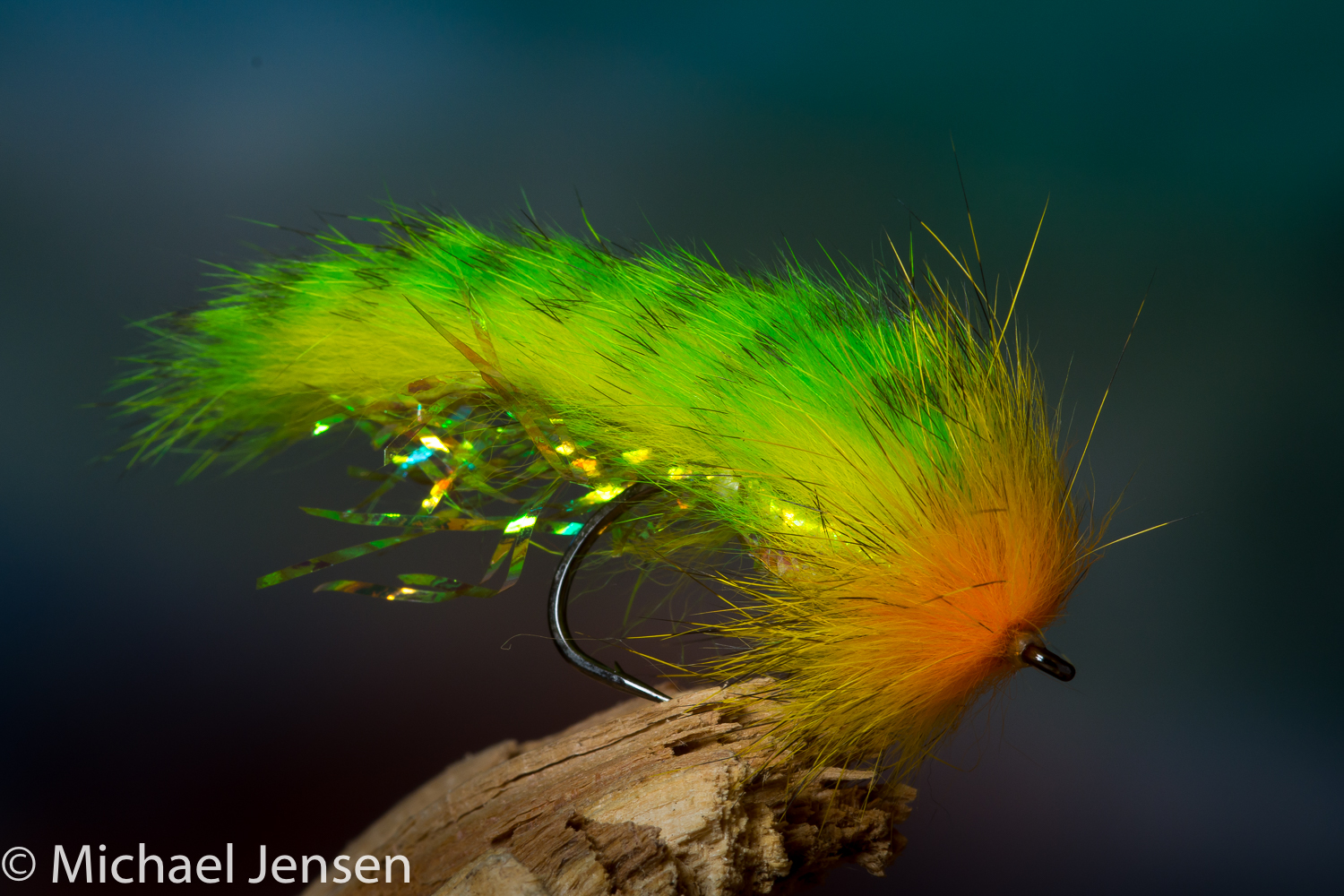
Zonker… the name is kind of weird. It sounds like something from outer space – but streamers and tube flies sporting fur strips of some kind is as popular as ever. The zonker is not a new idea, though.
Tying and swinging soft hackle flies
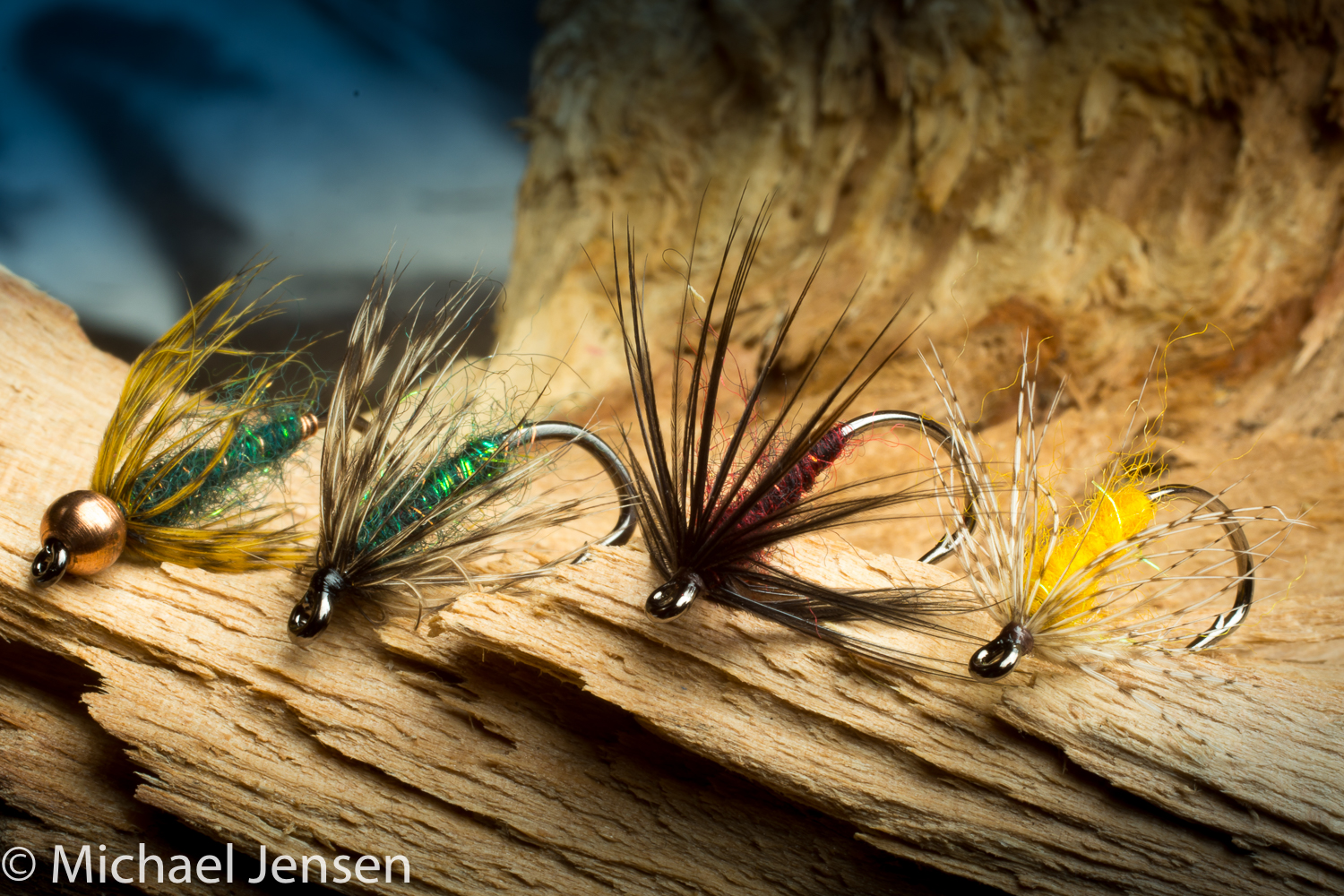
There’s just something pure, clean and honest about simple soft hackles wet flies and spiders. Take a look at the classic British North Country Spiders, the loch style wet flies – or the flymphs from Liesenring or Hidy.
Playing with styles – translucency, colour and movement

Today I want to show you a style of fly that I’ve been playing with for a couple of years. It’s nothing revolutionary. Just a combination of elements that work well on flies tied for migratory fish.
Continue reading “Playing with styles – translucency, colour and movement”
Size matters – no matter what they say ;0)
Small fish are eaten by bigger fish that just happen to be hunted by even larger monsters. The streamer game for trout is changing. If we go back a few decades very few fly fishermen tossed flies longer than 2 inches for trout. The tandem trolling streamer style from the Maine district was an exception – but these flies were – as the name implies – mostly trolled behind a boat and very seldom used for traditional fly casting and fly fishing. And part of that game was focused on landlocked salmon as well.
Continue reading “Size matters – no matter what they say ;0)”
Horses for courses – tips on choosing the right hook
Sometimes finding the right fly isn’t enough to close the deal – presentation is often more important.
Last night I was doing a saltwater fly tying demo, when a guy asked me: What is the best hook for a small sculpin imitation for sea trout? Continue reading “Horses for courses – tips on choosing the right hook”

